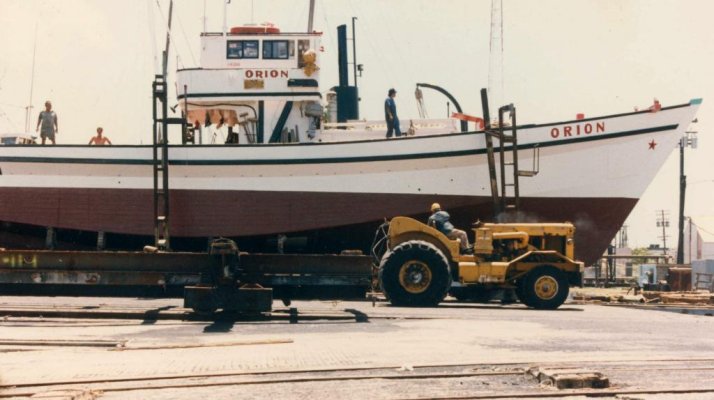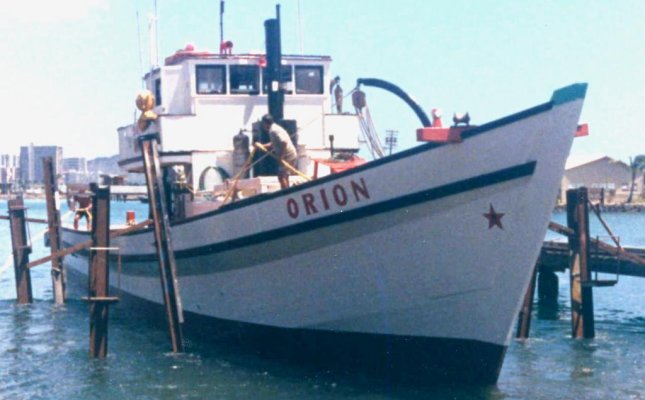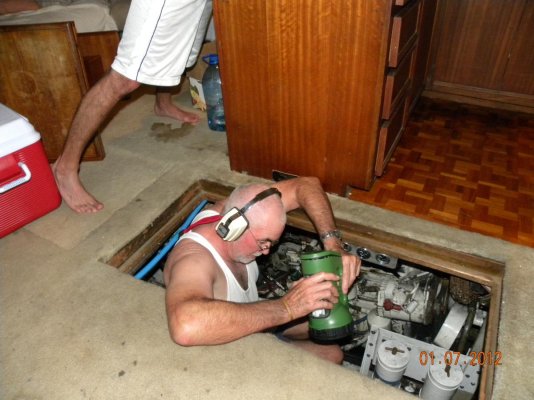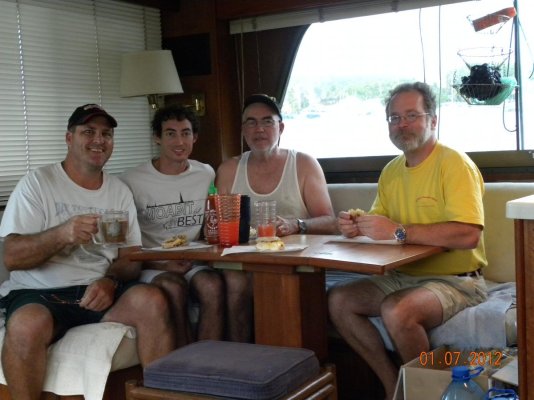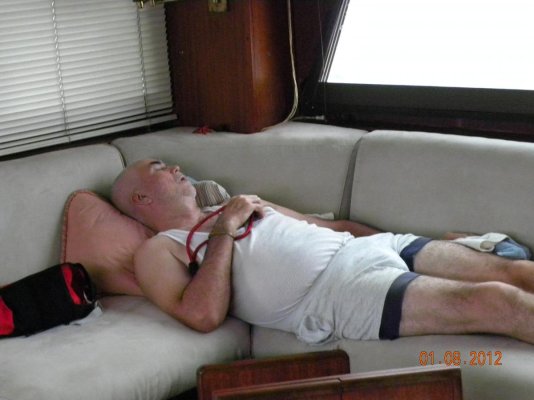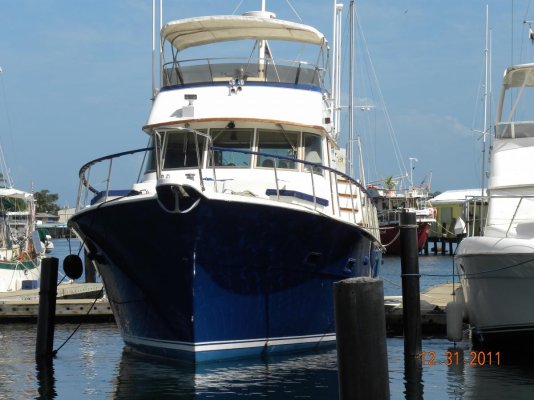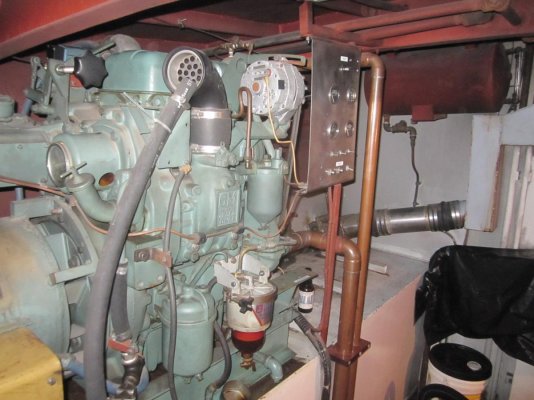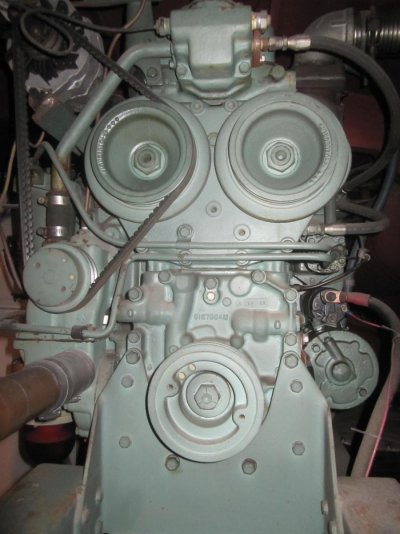Nomad Willy
Guru
Scary,
Where do you come up w the 124hp?
Are you looking on a chart that tells how much power that engine develops at 2400rpm?
"urban legend" Haha It's what I hear and read. I talked to a man on BoatDiesel that said he thought that Detroit Diesels (NA) are about the same as an old Lehman....(16hp per gal per hr). The fellow talked like he was very knowledgable and said that the boat I was looking at w a 4-53 would burn about exactly as much fuel as a Lehman in the same boat at the same speed. I think the DD would suffer a bit more at low loading though. Sounds like you run yours at about 60 to 65% load so you're probably doing better than most DDs.
But compared to a newer Cummins or Deere an excellent but old 6-71 should be about 25% less efficient. Don't you think?
Where do you come up w the 124hp?
Are you looking on a chart that tells how much power that engine develops at 2400rpm?
"urban legend" Haha It's what I hear and read. I talked to a man on BoatDiesel that said he thought that Detroit Diesels (NA) are about the same as an old Lehman....(16hp per gal per hr). The fellow talked like he was very knowledgable and said that the boat I was looking at w a 4-53 would burn about exactly as much fuel as a Lehman in the same boat at the same speed. I think the DD would suffer a bit more at low loading though. Sounds like you run yours at about 60 to 65% load so you're probably doing better than most DDs.
But compared to a newer Cummins or Deere an excellent but old 6-71 should be about 25% less efficient. Don't you think?

